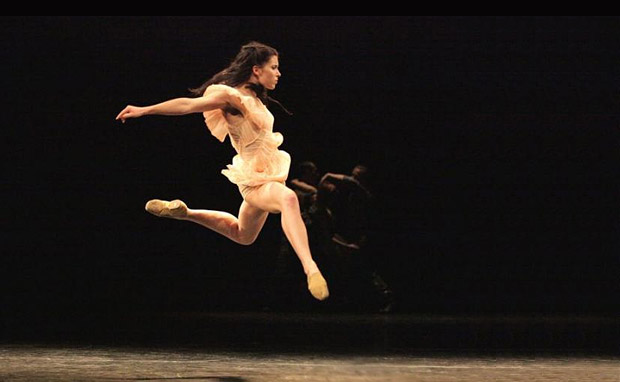
© Sebastian Cwikla. (Click image for larger version)
Baltic Dance Theatre
A Midsummer Night’s Dream
Gdansk, Baltic Opera House
26 May 2013
www.baltyckiteatrtanca.pl
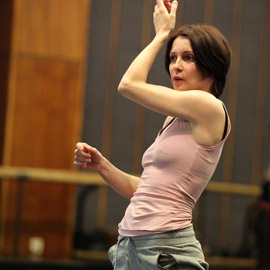
© Sebastian Cwikla. (Click image for larger version)
The first thing to note is that Gdansk (with its two neighbours, Gdynia and Sopot, often referred to to as Tricity) has a huge attachment to Shakespeare. Originally this was based on passing English touring troupes but more recently there is an annual Gdansk Shakespeare Festival and they are, rather amazingly, building a Shakespeare Theatre, due for completion next year. Even the professor at the local University, Jerzy Limon, specialises in 16th and 17th century English drama and he contributed an interesting set of notes to the BDT Dream programme. Shakespeare might be global but there seems a very special bridgehead here, one which chimes with Weiss as well. Back in 2010 she choreographed a Romeo and Juliet (to Prokofiev, Glass and Beethoven) for the fledgling company, so time to revisit the Bard and tackle something more complex and ‘fun’.
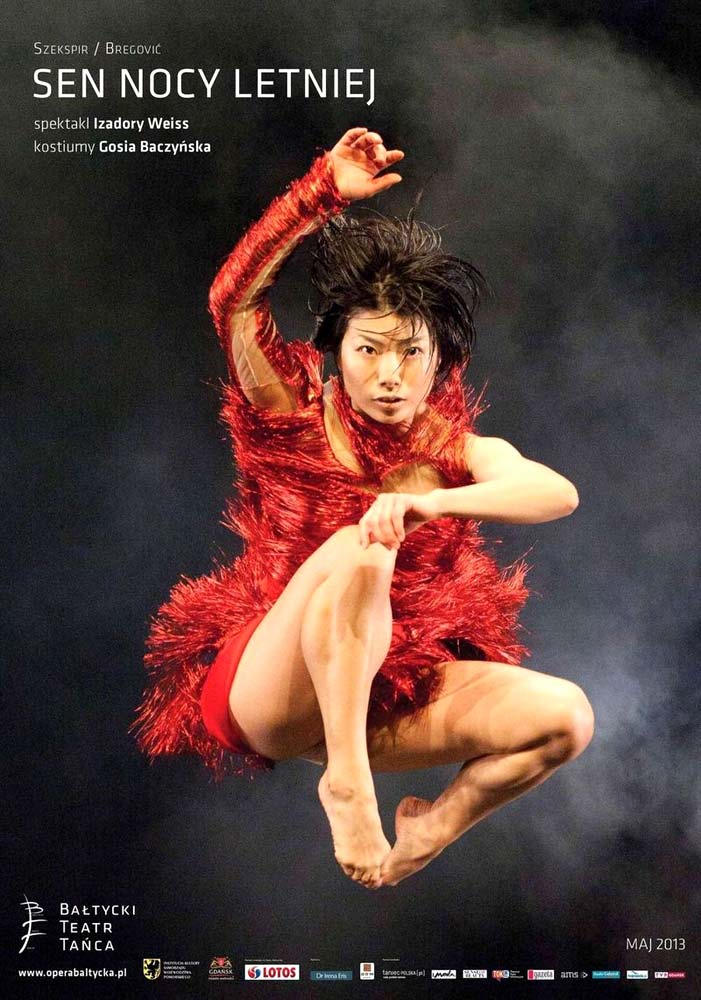
© Sebastian Cwikla. (Click image for larger version)
While Gdansk might be treating itself to a new Shakespeare Theatre, the Opera House is not a Baltic jewel – it exists just out of the centre of town in a converted gymnasium. At 500 seats and with no fly tower, it’s really too small for a city of 1 million, let alone one with a growing international artistic reputation – and plans are afoot for a new house. That said, the seats are comfortable, the sight lines good and, joy of joys, there is lots of social space to drink and eat cake. The audience at the premiere were a mix of ages, some dressed casually, some dressed conservatively and some very fashionably indeed. No surprise, perhaps, because one of Poland’s top fashion designers had created the costumes for this production.
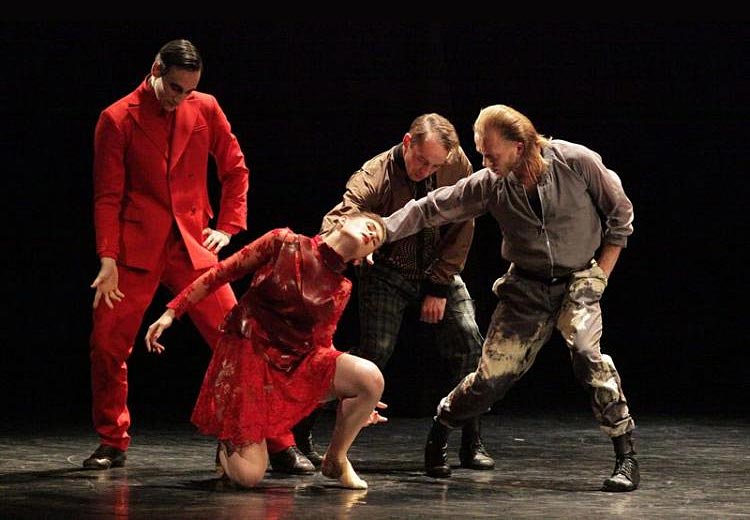
© Sebastian Cwikla. (Click image for larger version)
What first strikes you about Weiss’s Dream is just how good-looking it is – although timeless in parts it’s essentially set in the present day and the costumes are a mix of classy red couture for Theseus (Duke of Athens) and Hippolyta, rock-star chic for Oberon and Titania and “everyday wear” for the Mechanicals. Puck gets a fabulous fringed red dress that comes into its own with their constantly twirling movement and the fairies’ simple dreamy diaphanous shifts that suit their often-floating movement. There are no sets as such (just a black box), so these costumes by Gosia Baczynska carry a lot of the story setting without generally being highly obtrusive design statements in their own right – they beautifully support the telling not dominate it. In the designer’s wake come production credits for hair styling and make-up (not seen that before) – but again sensitively done. Overall the design approach reminds of the collaborations between Jasper Conran and David Bintley at Birmingham Royal Ballet (and before that The Royal Ballet) – ie darned good, and I hope Baczynska does more work for dance/theatre.

© Sebastian Cwikla. (Click image for larger version)
What strikes you second is the Balkan score of Goran Bregovic – occasionally 3 Mustaphas 3 thrash, sometimes brass-driven catchy fun, but more often slow and lyrical with haunting choral singing or just stark Spanish guitar. Weiss came up with the medley from his extensive back catalogue of albums and, like the costumes, it works with the telling and feels fresh and right rather then something pressed into service or against the grain.
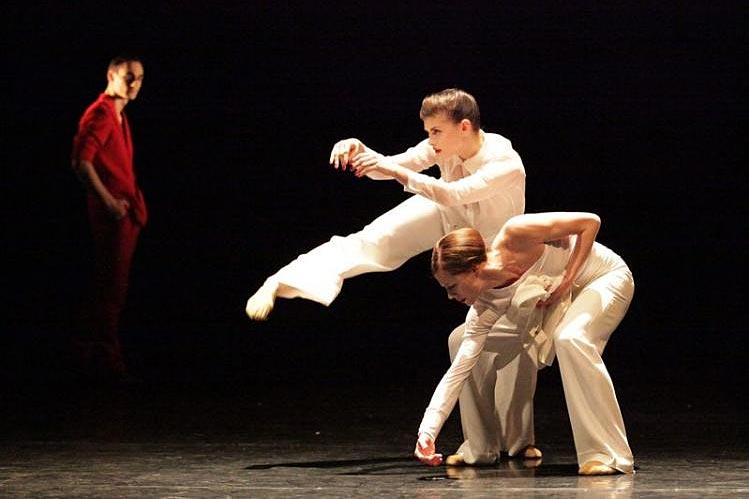
© Sebastian Cwikla. (Click image for larger version)
This Midsummer Night’s Dream is essentially true to Shakespeare and the synopsis is outlined over 14 short bullet-pointed paragraphs that matches the episodic musical collage and dancing. The movement is naturalistic and Kylianesque (more of which later) but the steps are in the service of narrative rather than trying to impress on their own. The overlapping plot-lines weave in and out using lighting fades/the deep stage and some movable black screens that cleverly reveal new characters or neatly wipe others out of the action. It’s slick and there must be a lot going on behind the scenes – but it does mean this is a production you could put on anywhere and it would do its magic.

© Sebastian Cwikla. (Click image for larger version)
As narrative telling I think Weiss has done a most fine job and I never really got lost once although years of seeing the Ashton version meant a 6ft changeling boy flummoxed me for a short while. I particularly liked the choreography of love and jealousy for the 4 lovers, played out as dances for 2 and 3 and which was at its most heartrending when Hermia (Franciszka Kierc) tries to tell Helena (Tura Gomez Coll) that’s it not her fault if both men love her. Of course no explanation is enough. Kierc particularly is a very fine expressive dancer in a troupe generally strong on acting. (Later I see that she created the role of Juliet and am not surprised). I also liked Amelia Forrest’s Hippolyta – tall and imposing but delicate in her own sadness and interactions. In all of this there is believable meaty and expressive movement, of emotions seen as tangible transforming gut-wrenching movement. Although billed as Shakespeare comedy there is much human nature and sadness here – it’s played with depth.
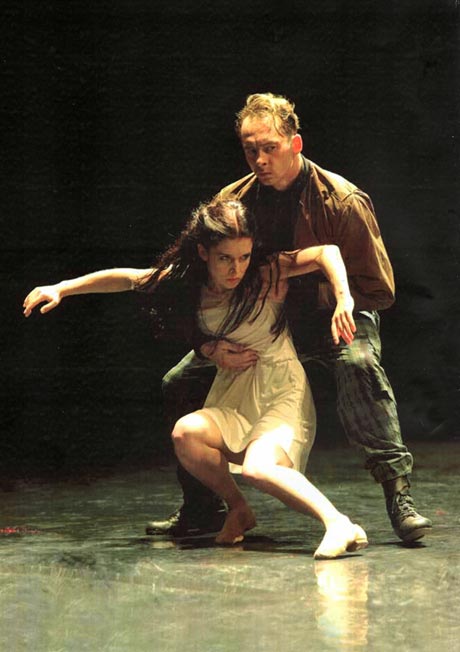
© Sebastian Cwikla. (Click image for larger version)
I also liked the choreography of the 4 ghostly fairies who generally act as one, observing and nudging the characters with slithery shape-morphing cleverness. And Puck’s, ever-spinning, dodging, seldom-restful movement was well rendered and danced by Sayaka Haruna (who is also the production cover girl on all the posters). There were less laughs than I’m used to with Bottom as an Ass and Titania – it’s danced straight and the vaguely bondage-inspired look for the Ass felt wrong (the only design sour note for me). But we have a fantastically silly Mechanicals play made the more fun with Thisbe danced by the glamorous Natalia Madejczyk doing a great tom-boy impression. All of course ends happily and in this production the entire cast of 20 slowly start to dance together working up to a frenzied finale. The finale could perhaps be trimmed a minute or two but the house and particularly the unknown lady next to me went wild and there was a long standing ovation. At 70 minutes, played straight through, it was well paced and a satisfying length.

© Sebastian Cwikla.
My overall take on this first sighting of the company was positive: they put on a very good show, so impossible to say otherwise. Enthusiastic communicators they are and if only properly formed in 2010, they are very much a work in progress – world class companies, like Nederlands Dans Theater (NDT) and Rambert, just aren’t made overnight. Many of the dancers were locally trained, but the company now holds international auditions when hundreds apply for jobs from schools and companies around the world – dancing standards will rise with all that hunger and as the company becomes better known it will drive even more interest. But Izadora Weiss is canny: her Dream works well on the company she has and makes them all look good. That’s what matters most.
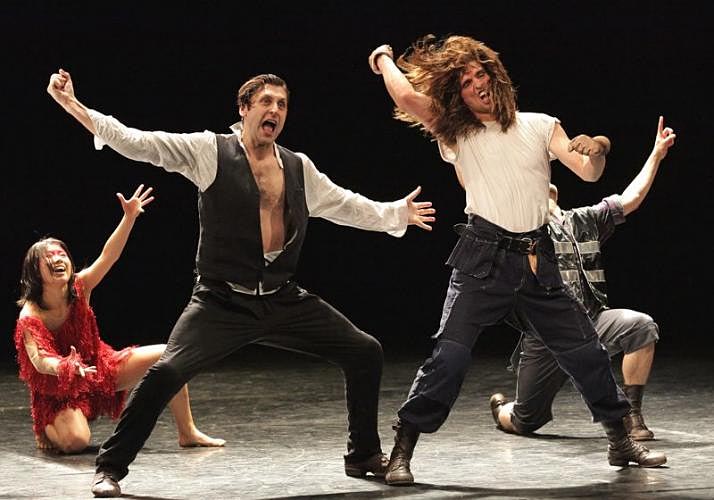
© Sebastian Cwikla. (Click image for larger version)
So what future is BDT carving itself in terms of repertoire? Well you don’t have to be long in the company to hear Kylian, Kylian, Kylian. Weiss clearly loves his movement (“He is the greatest choreographer”) and after choreographing elsewhere for some years actually danced/trained further with NDT and her mentor. Kylian works are already in the repertoire and in November more Kylian arrives – the pride this new company feels in his interest is palpable. Kylian is, of course, no bad thing but I hope Weiss casts a wider international net as the company grows in stature and also that she puts on more narrative work, created by herself and others – Christopher Bruce and Cathy Marston come readily to mind, let alone younger generations of choreographers. But Izadora Weiss definitely has something as a director and choreographer of a show (or spectacle as they say in Poland) and what will most likely take me back to see the company again is a full evening work by her.

© Sebastian Cwikla. (Click image for larger version)
Ultimately this was a very human take on the Dream – full of emotional punch, fun and bold movement in a clever modern staging. It’s a production that you could take anywhere in the world and it would connect with people – and travel I hope it does. There is a hunger and freshness at BDT which I’m glad to have seen first hand and look forward to tracking – we all like following winners.
Many and great thanks to all at BDT and Baltic Opera who made my first visit to Poland so enjoyable, but particularly to Agnieszka Tokarska-Więcek for help above and beyond any call of normal duty.












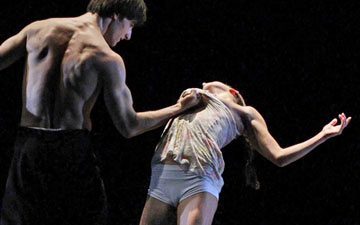


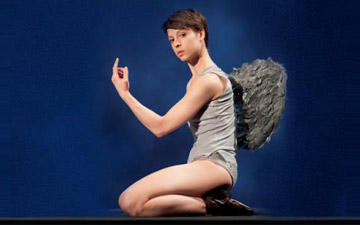

You must be logged in to post a comment.